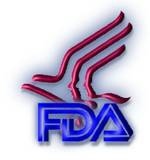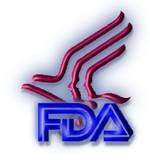FDA approves abuse-deterrent labeling for reformulated OxyContin
March 11, 2015

The U.S. Food and Drug Administration today approved updated labeling for Purdue Pharma L.P.'s reformulated OxyContin (oxycodone hydrochloride controlled-release) tablets. The new labeling indicates that the product has physical and chem
D - FDA.jpg
ical properties that are expected to make abuse via injection difficult and to reduce abuse via the intranasal route (snorting).
Additionally, because original OxyContin provides the same therapeutic benefits as reformulated OxyContin, but poses an increased potential for certain types of abuse, the FDA has determined that the benefits of original OxyContin no longer outweigh its risks and that original OxyContin was withdrawn from sale for reasons of safety or effectiveness. Accordingly, the agency will not accept or approve any abbreviated new drug applications (generics) that rely upon the approval of original OxyContin.
"The development of abuse-deterrent opioid analgesics is a public health priority for the FDA," said Douglas Throckmorton, M.D., deputy director for regulatory programs in the FDA's Center for Drug Evaluation and Research. "While both original and reformulated OxyContin are subject to abuse and misuse, the FDA has determined that reformulated OxyContin can be expected to make abuse by injection difficult and expected to reduce abuse by snorting compared to original OxyContin."
The FDA has determined that the reformulated product has abuse-deterrent properties. The tablet is more difficult to crush, break, or dissolve. It also forms a viscous hydrogel and cannot be easily prepared for injection. The agency has determined that the physical and chemical properties of the reformulated product are expected to make the product difficult to inject and to reduce abuse via snorting. However, abuse of OxyContin by these routes, as well as the oral route, is still possible.
The reformulated product also may reduce incidents of therapeutic misuse, such as crushing the product to sprinkle it onto food or to administer it through a gastric tube. When FDA finds that a new formulation has abuse deterrent properties, the agency has the authority to require generics to have abuse-deterrent properties also.
About the Author(s)
You May Also Like


